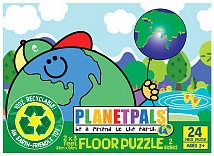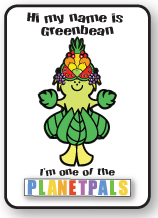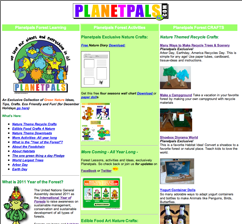


|
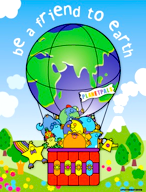
Fun Games
Holidays
Crafts
Java
Card trick
Dictionaries
More
Home
Earth Zine Magazine
Earthday
Teachers/ Parents
Complete Site Navigation
Contact Us
Advertise
Privacy Policy
We have additional crafts and fun activities
every month.
Available in our Magazine, forum or email news only.
Don't miss an issue!
Earthzine Magazine
At Planetpals Earthzone we have fun new crafts added all the time! Sign up for our Newsletter, join the Friends for Earth Group or join us on Yahoo, FB, Twitter and stay informed and stay informed
biomes, ecosystems, habitats, forests, trees, deforestation, help the forests, International Year of Forests
Biomes are ecosystems where several habitats meet. They include the geography and climate conditions of communities of plants, animals, and soil organisms. The Earth itself is one big biome. Smaller biomes include:
Most of us are confused with the words ecosystem and biome. What's the difference? Ecosystems vary in size and can be as small as a puddle as large as a forest. Any group of living and nonliving things interacting with one and other can be considered as an ecosystem. It's the way nature works together and depend on one and other: such as ants, anteater, soil, trees, forest and sun. Within each ecosystem, there are habitats. (also see food chain) Below Figure F1: The forest ecosystem and its individual components and the environmental factors affecting the ecosystem (Hannelius & Kuusela 1995)
The word "habitat" is Latin for "it inhabits". A habitat is a place where a species lives. It is the natural place or environment in which plants, animals and organisms live. Basically, their physical surroundings that influence and is used by any species. Habitats are specific to a population. Each population has its own habitat. If the habitat changes and it no longer works for the species, they adapt or move on. Many species can live in the same habitat, such as a pond. Habitats include different biomes, forestations and ecosystems.
Forests are small biomes. They represent a third of the Earth's land. A forest is an area with a high density of trees. Forests are also referred to as:
While humans and animals breathe in oxygen and exhale carbon dioxide, trees take in carbon dioxide and produce oxygen. What kind of forests are there? Distinct forest types occur within each of the broad biome groups. According to UNEP there are 26 major types of forests, which reflect climate zones as well as trees types. These 26 major forest types can be reclassified into 6 broader categories:
Do different trees live in different forests? Trees as well as other organisms change depending on the forest, it's climate and structure. Trees come in different shapes and sizes. There is an incredible diversity of tree species around the world -- some 60,000 to 70,000 species of trees have been identified! New species are being identified all the time. Different trees live in different forests. You will find Evergreens in Acadia National Park in Maine, Palm Trees in the Rain Forest, and the Boabab in Madagascar.
There are many trees that live in the world's many habitats. The largest recorded tree (measured in volume) is named General Sherman, a Giant Sequoia, found in the Sequoia National Forest, CA. The tree is believed to be between 2,300 and 2,700 years old. It is so big that you could drive a car through it! Who measures trees? American Forests Org has a US National Register of Big Trees. According to AFO Big Trees capture our imagination with their size and strength. For 70 years they have been recognizing champion trees as symbols for all the great work trees do for the environment. According the AFO, if you have found a potential national champ..Nominate your tree. Are the world's forests in danger? Biomes have changed and moved many times during the history of life on Earth. More recently, human activities have drastically altered these communities. Thus, conservation and preservation of biomes should be a major concern to all. Because we share the world with many other species of plants and animals, we must consider the consequences of our actions. Over the past several decades, increasing human activity has rapidly destroyed or polluted many ecological habitats throughout the world. It is important to preserve all types of biomes as each houses many unique forms of life. However, the continued heavy exploitation of certain biomes, such as the forest, freshwater, and marine, may have more severe implications.
Pollution is another way we endanger the forests and in turn endangered species. Our governments, companies and all of us need to act more responsibly by maintaining our lands and it's organisms. As people we can do our best to keep the forests clean and pollution free. This helps us as well as the living breathing plants and animals. Thus we can clean up after ourselves and try not to destroy these natural surroundings when we are enjoying them |
 |
Top Ten Toy: Planetpals Puzzle! Rated among top ten for this season! 5 puzzles available Learn more |
|
|
|---|---|---|---|
NEXT:
| Learn about Natural Disasters | Take a look at the size of the Earth! |
| Learn about The Food Chain | Learn Earth Fast facts |
| Learn about ecology | SEE the wonders of the world |
|


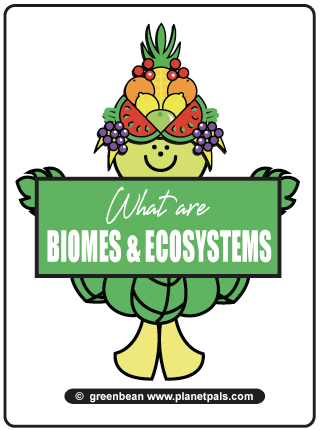
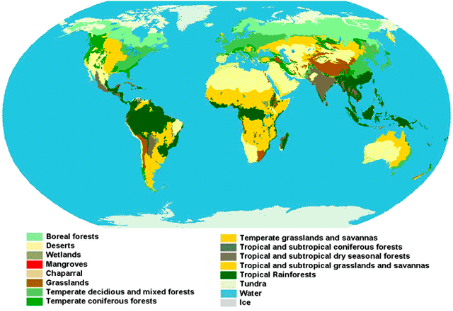
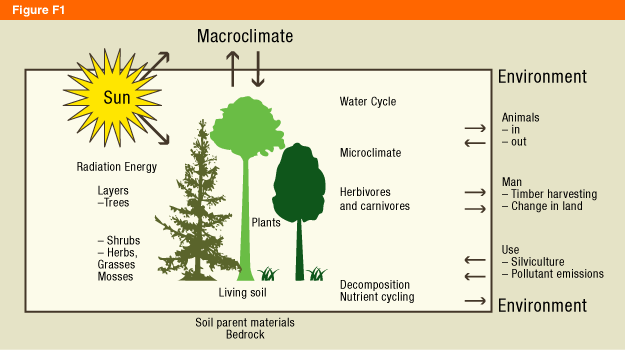
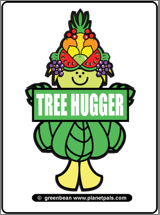
 What are the world's largest trees?
What are the world's largest trees?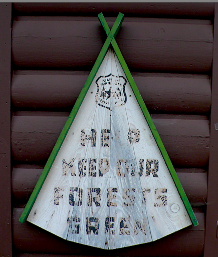 Deforestation represents a great threat to the future of the earth's atmosphere, and the only way this can be avoided is by careful management of this resource. Once a tree is cut down, another should take its place, but there is still too large a number of trees being cut down as opposed to the number of trees being planted.
Deforestation represents a great threat to the future of the earth's atmosphere, and the only way this can be avoided is by careful management of this resource. Once a tree is cut down, another should take its place, but there is still too large a number of trees being cut down as opposed to the number of trees being planted.